42 what are trans fats called on labels
Nutrition: Trans fat - World Health Organization Trans fat, or trans-fatty acids, are unsaturated fatty acids that come from either natural or industrial sources. Naturally-occurring trans fat come from ruminants (cows and sheep). ... While including trans fat levels on labels is important, health claims such as "trans fat free" should not be allowed unless other specific food criteria ... 22 Foods High in Trans Fat You Should Avoid | New Health Advisor Trans fats are a type of fat, mostly present in fast food and processed foods of all kinds, that's known for being bad for your health. While there are natural foods that include trans fats, such as red meat and some types of dairy, it's most commonly found in fried foods, baked goods, fast food and a good number of processed foods.
Trans Fat Data to Be Added to Food Labels - The New York Times In 1994, the center called on the F.D.A. to add trans fats to the nutrition label. Five years later, the agency agreed, but postponed the change until it had considered the Institute of Medicine ...

What are trans fats called on labels
Understanding Nutrition Facts on Food Labels - WebMD Serving Size: An Important Part of Food Labels. At the top of the Nutrition Facts section, you'll see the serving size (such as 1/2 cup, five crackers, or 10 chips) and servings per container (such as two, four, six). The food label then lists the number of calories, grams of fat, grams of saturated and trans fat, etc., per serving. What Exactly Are Saturated, Unsaturated, Trans, and Omega-3 Fats? This is called partial hydrogenation and the resulting fats are called partially-hydrogenated oils. You may have encountered them on food labels in the past, but hopefully you haven't seen them ... en.wikipedia.org › wiki › Trans_fatTrans fat - Wikipedia Trans fat, also called trans-unsaturated fatty acids, or trans fatty acids, is a type of unsaturated fat that naturally occurs in small amounts in meat and milk fat. It became widely produced as an unintentional byproduct in the industrial processing of vegetable and fish oils in the early 20th century for use in margarine and later also in snack food, packaged baked goods, and for frying fast ...
What are trans fats called on labels. What are "trans-fats?" - United States Department of Agriculture Trans fat is a specific type of fat that is formed when liquid oils are turned into solid fats, such as shortening or stick margarine. During this process called 'hydrogenation', hydrogen is added to vegetable oil to increase the shelf life and flavor stability of foods. › eat-smart › fatsTrans Fats | American Heart Association Mar 23, 2017 · Naturally-occurring trans fats are produced in the gut of some animals and foods made from these animals (e.g., milk and meat products) may contain small quantities of these fats. Artificial trans fats (or trans fatty acids) are created in an industrial process that adds hydrogen to liquid vegetable oils to make them more solid. Which Foods Are High in Trans Fats? - Verywell Health Foods Containing Trans Fats. Although meat and dairy products may contain a tiny amount of naturally occurring trans fats, artificially-added trans fats are of most concern due to their presence and high content in some foods. These trans fats are most commonly introduced into foods through partially hydrogenated oils (sometimes referred to as ... What Are Trans Fats and Why Are They So Bad? - The Beachbody Blog The bad news is that the labels aren't foolproof. Loopholes in government regulations mean that trans fat can still be in foods with a Nutrition Facts label that claims 0 g trans fat. That's because manufacturers are allowed to round amounts down, so a food that has 0.49 g trans fats per serving would say 0 g trans fats on the label.
en.wikipedia.org › wiki › FatFat - Wikipedia Another 2010 analysis however found only 0.2% of trans fats in margarine and other processed spreads. Up to 45% of the total fat in those foods containing man-made trans fats formed by partially hydrogenating plant fats may be trans fat. Baking shortenings, unless reformulated, contain around 30% trans fats compared to their total fats. High ... Trans Fats: The Science and the Risks - WebMD Trans fatty acids or trans fats are formed when manufacturers turn liquid oils into solid fats. Think shortening and hard margarine. Manufacturers create trans fats via a process called hydrogenation. Food Labels: Fat & Cholesterol | Home & Garden Information Center As a result, total fat, saturated fat, trans fat and cholesterol are required under the Nutrition Facts panel of food labels. Information on the content of polyunsaturated and monounsaturated fat is optional. The Nutrition Facts label shows you how much fat is in a product, even if the fat is hidden as an ingredient. diabetes.org › recipes-nutrition › eating-wellFats | ADA - American Diabetes Association Trans fats are listed on the Nutrition Facts label, making it easier to identify these foods. However, keep in mind that if there isn’t at least 0.5 grams or more of trans fat in a food, the label can claim 0 grams. To avoid as much trans fat as possible, you should read the ingredients list on food labels. Look for words like hydrogenated ...
Trans Fats | Cardiac College - Health e-University Hydrogenation can also improve the texture of the product. Look for "partially hydrogenated" or "hydrogenated" oils or fats on the ingredients list on the food label. If either of these fats or oils is on the label it means that there is trans fat in the product. Learn more about reading food labels » Foods with trans fats FDA Sets New Trans Fat Guidelines on Food Labels | Prevention That's because newly implemented U.S. Food and Drug Administration rules on food labeling allow foods with less than 0.5 grams of trans fats per serving to claim "zero" grams of trans fats on their... Trans Fat | FDA - Food and Drug Administration Most of the trans fat in the foods we eat is formed through a manufacturing process that adds hydrogen to vegetable oil, which converts the liquid into a solid fat at room temperature. This process... Here's What Nutrition Fact Labels Tell You and What the ... - Insider Trans fat was only added to the nutrition facts label in 2006. Sollid said it was the only new line added to the label since its original release in the early '90s, before the newest regulation changes in the past few years. "It's called out on the label due to its connection to heart disease," Sollid said.
Fats and Cholesterol - The Nutrition Source Fortunately, trans fats have been eliminated from many of these foods. Saturated fats, while not as harmful as trans fats, by comparison with unsaturated fats negatively impact health and are best consumed in moderation. Foods containing large amounts of saturated fat include red meat, butter, cheese, and ice cream. Some plant-based fats like coconut oil and palm oil are also …
› nutrition › trans-fat-foods7 Foods That Still Contain Trans Fats - Healthline Feb 08, 2022 · Partially hydrogenated oil, also known as trans fat, is one of the few ingredients that almost everyone can agree we should avoid. A variety of processed foods and snacks previously contained ...
Dietary fats explained: MedlinePlus Medical Encyclopedia Trans fatty acids are unhealthy fats that form when vegetable oil goes through a process called hydrogenation. This leads the fat to harden and become solid at room temperature. Hydrogenated fats, or "trans fats," are often used to keep some foods fresh for a long time. Trans fats are also used for cooking in some restaurants. They can raise ...
Trans Fats, Health and Nutritional Labeling of Foods Since 2006, food manufacturers have been required to include trans fat content information on the Nutrition Facts label on the packages. Currently, food manufacturers are allowed to make "trans free" or "no trans" claims if the amount of trans fat in the product is less than 0.5 g trans fat per serving.
Small Entity Compliance Guide: Trans Fatty Acids in Nutrition Labeling ... Trans fatty acids should be listed as " Trans fat" or " Trans " on a separate line under the listing of saturated fat in the nutrition label. Trans fat content must be expressed as grams per...
F.D.A. Calls for Listing 'Stealth Fat' on Labels - The New York Times The regulation covering the fats, called trans fatty acids, or just trans fats, would be the first significant change in nutrition-facts labels since the agency began requiring them in 1993.
Understanding the FDA's Trans Fat Label Requirements Naturally occurring trans fat is made in the gut of some animals, resulting in a small amount of trans fat in dairy and meat products. Artificial trans fats are a type of fat that is made in a laboratory through a processes called partial hydrogenation. Hydrogen is added to oils to make them more solid. Why are trans fats in food?
Trans Fat on Food Labels: Now You See It, Now You Don't - MedicineNet That's because newly implemented U.S. Food and Drug Administration rules on labeling allow foods with less than 0.5 grams of trans fats per serving to claim "zero" grams of trans fats on their labels. Under these guidelines, which went into effect on Jan. 1, a food with 0.4 grams of trans fats can be listed as having zero trans fats.
Trans Fats: The Truth in Labeling | Atkins The only- repeat, only- way to tell whether a product contains trans fats is to read the list of ingredients. If you see the words "partially hydrogenated" there, the product contains trans fats. There are no exceptions. Any product that has partially hydrogenated oil as an ingredient contains trans fats, regardless of what the label hype says.
Labeling requirements of trans fats on packaged food come into effect In chemical terms, trans fat is a fat (lipid) molecule that contains one or more double bonds in trans geometric configuration. The Israeli regulations, issued on February 1 and taking effect on...
trans fats - North Carolina State University Link back to the Theis lab at UMass Amherst. Biochemistry in the news: trans fatty acids. Food and Drug Administrion News Release, July 9, 2003" Under the new FDA regulations, by Jan. 1, 2006, consumers will be able to find trans fat listed on food nutrition labels directly under the line for saturated fat.The new information is the first significant change on the Nutrition Facts panel since ...
Fat Content on Food Labels - Reading Between the Lines The Mayo Foundation continued, "Still, you may be able to tell if a product contains trans fat, even if it's not directly listed on the food label. Look for the words ' hydrogenated ' or 'partially hydrogenated' in the list of ingredients. These terms indicate that the product contains trans fat.
› trans-fat › art-20046114Trans fat is double trouble for heart health - Mayo Clinic Feb 23, 2022 · Unlike other dietary fats, trans fats — also called trans-fatty acids — raise "bad" cholesterol and also lowers "good" cholesterol. A diet laden with trans fats increases the risk of heart disease, the leading killer of adults. The more trans fats eaten, the greater the risk of heart and blood vessel disease.
› nutrition › why-trans-fats-are-badWhat Are Trans Fats, and Are They Bad for You? - Healthline Jul 30, 2019 · Trans fats are believed to damage the inner lining of your blood vessels, known as the endothelium. In a 4-week study in which trans fats replaced saturated fats, HDL (good) cholesterol dropped 21 ...
en.wikipedia.org › wiki › Trans_fatTrans fat - Wikipedia Trans fat, also called trans-unsaturated fatty acids, or trans fatty acids, is a type of unsaturated fat that naturally occurs in small amounts in meat and milk fat. It became widely produced as an unintentional byproduct in the industrial processing of vegetable and fish oils in the early 20th century for use in margarine and later also in snack food, packaged baked goods, and for frying fast ...
What Exactly Are Saturated, Unsaturated, Trans, and Omega-3 Fats? This is called partial hydrogenation and the resulting fats are called partially-hydrogenated oils. You may have encountered them on food labels in the past, but hopefully you haven't seen them ...
Understanding Nutrition Facts on Food Labels - WebMD Serving Size: An Important Part of Food Labels. At the top of the Nutrition Facts section, you'll see the serving size (such as 1/2 cup, five crackers, or 10 chips) and servings per container (such as two, four, six). The food label then lists the number of calories, grams of fat, grams of saturated and trans fat, etc., per serving.
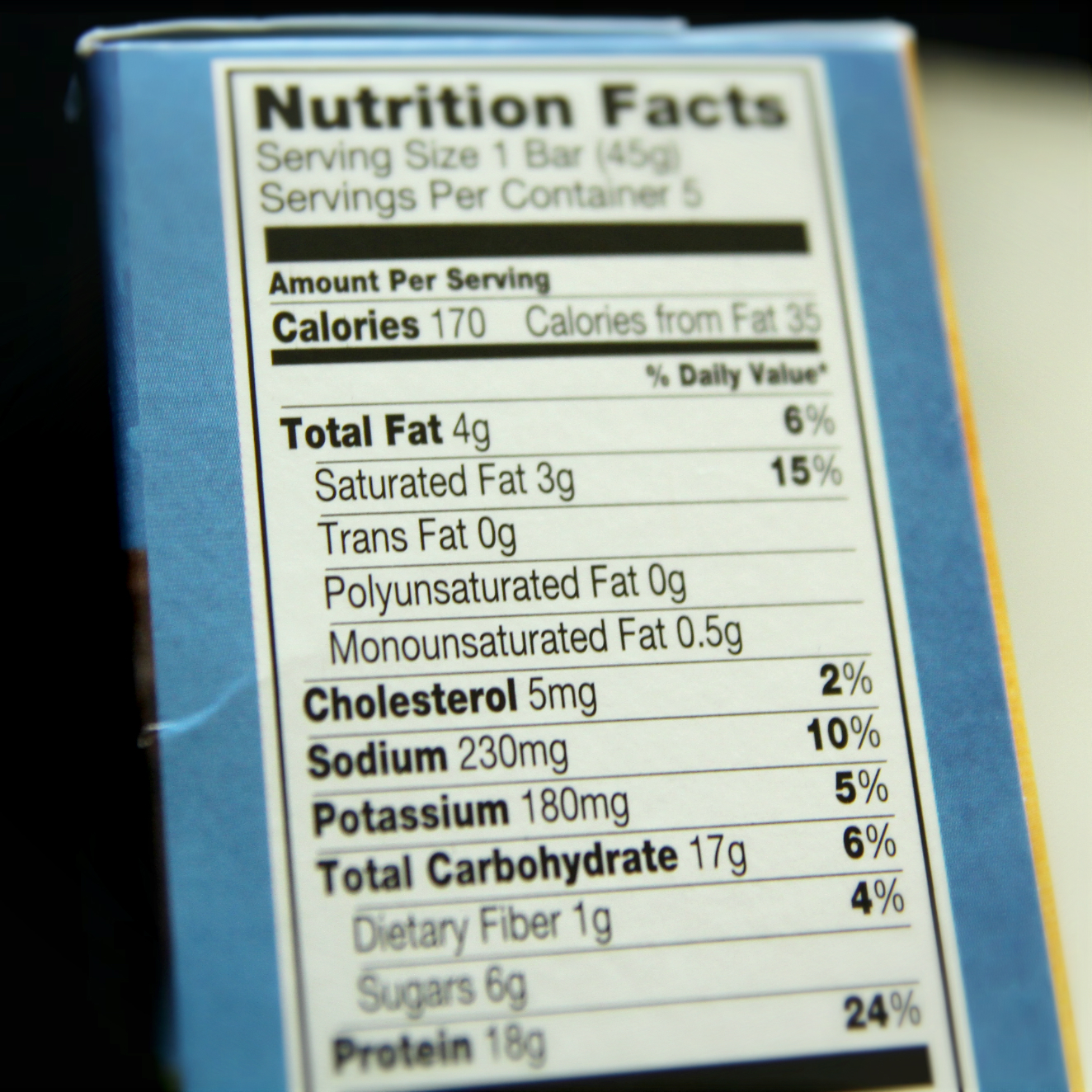
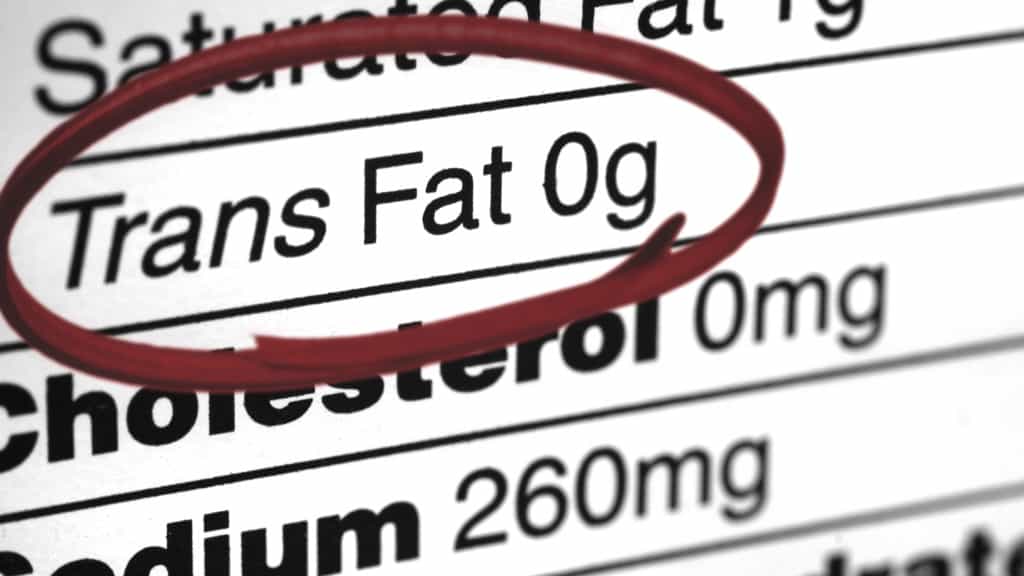





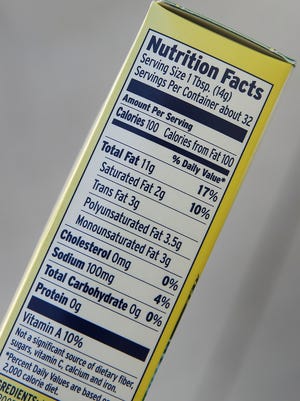


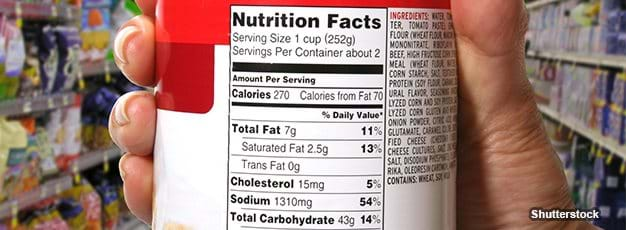

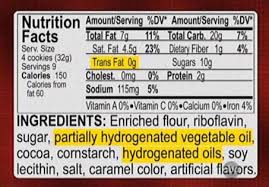
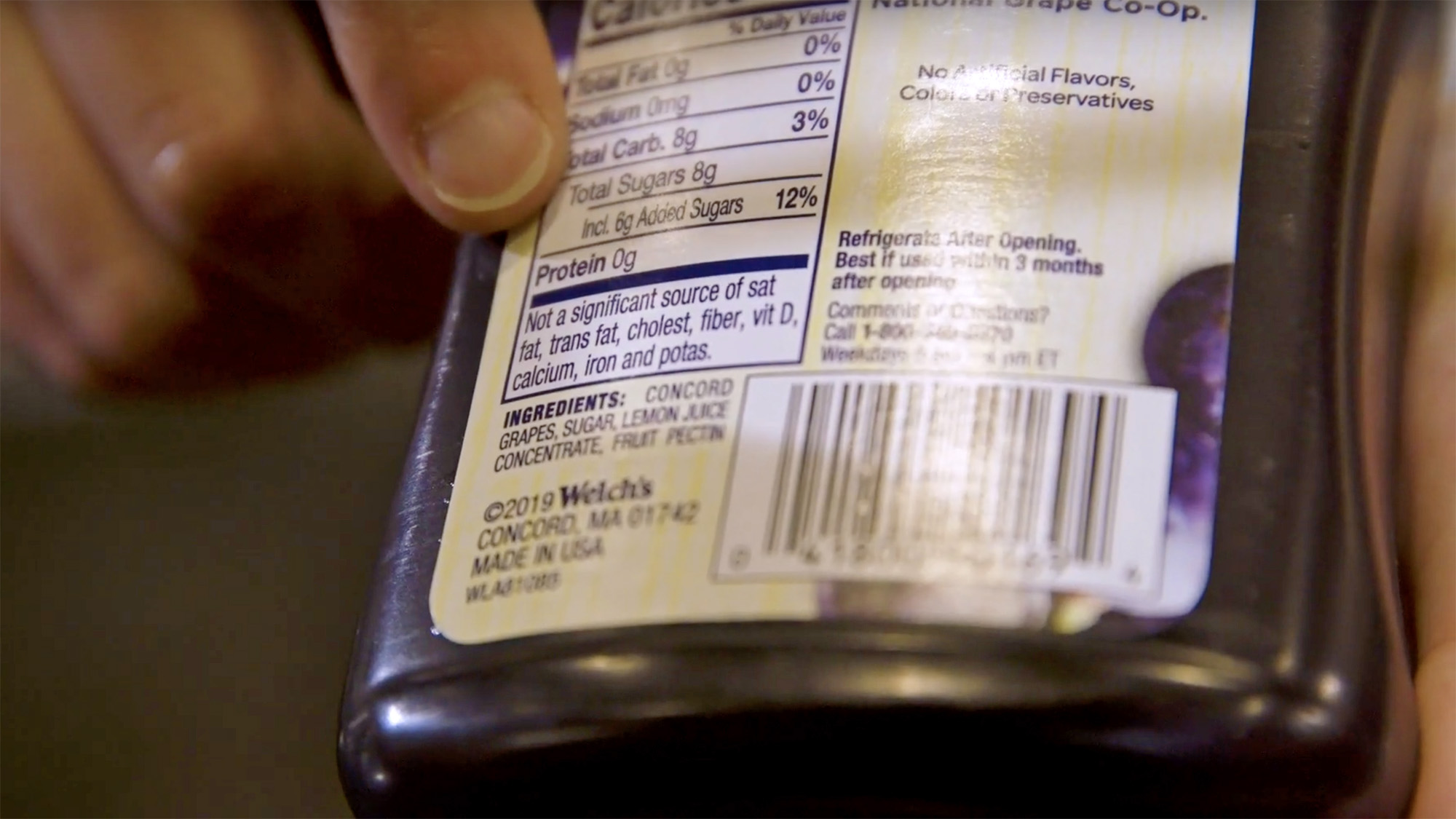




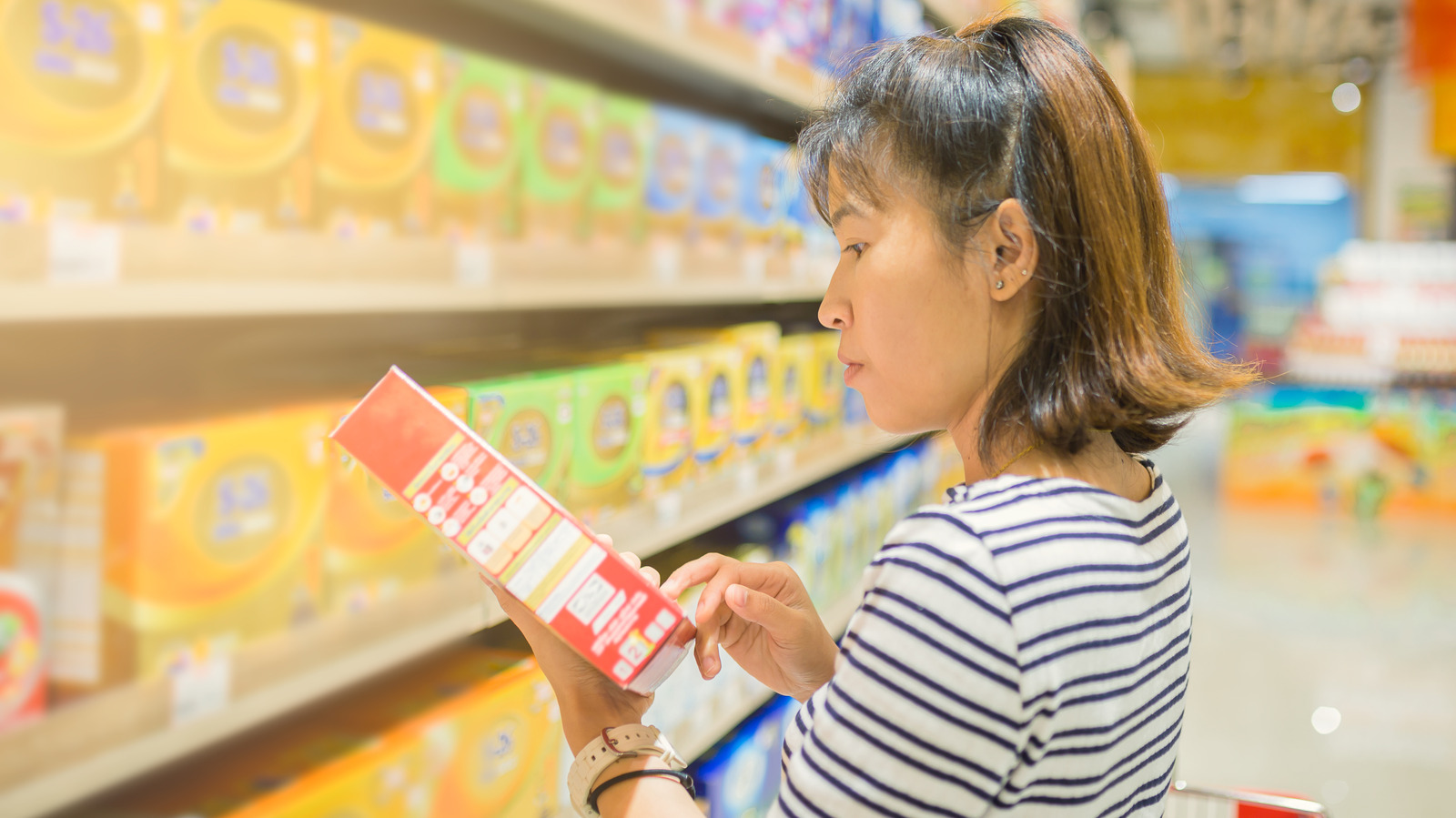
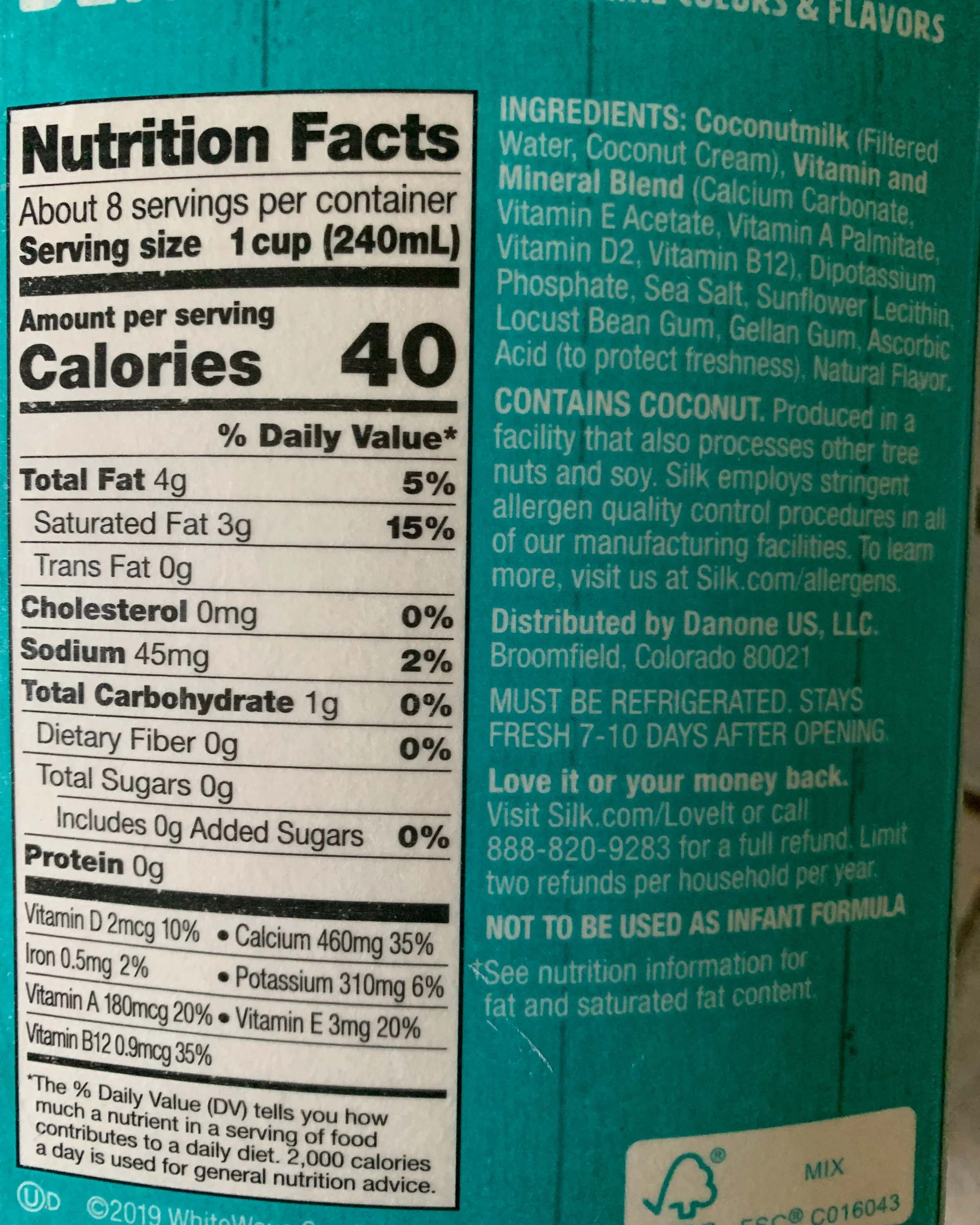
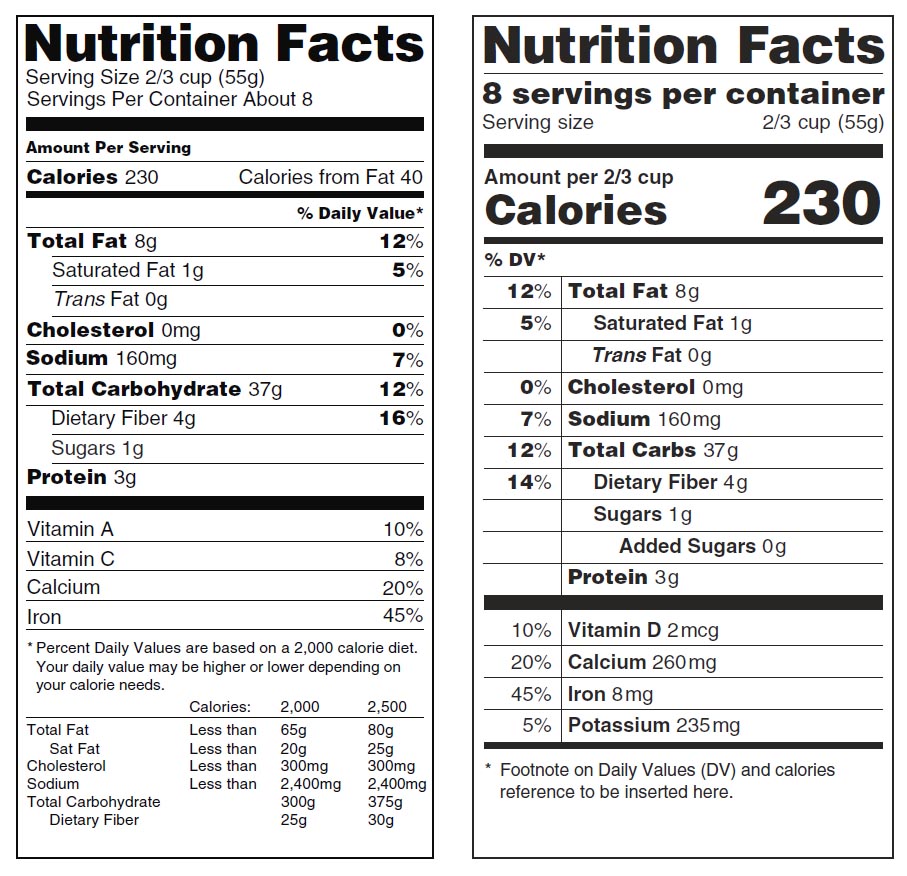
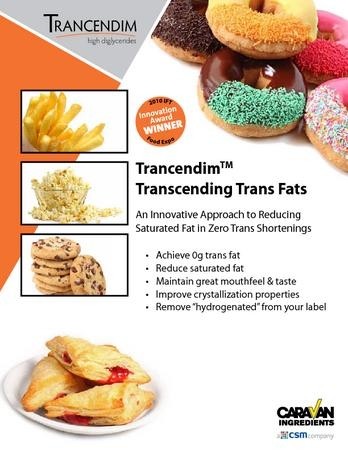
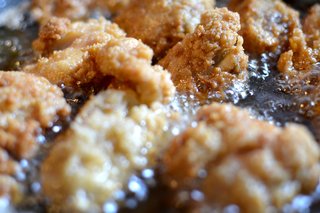
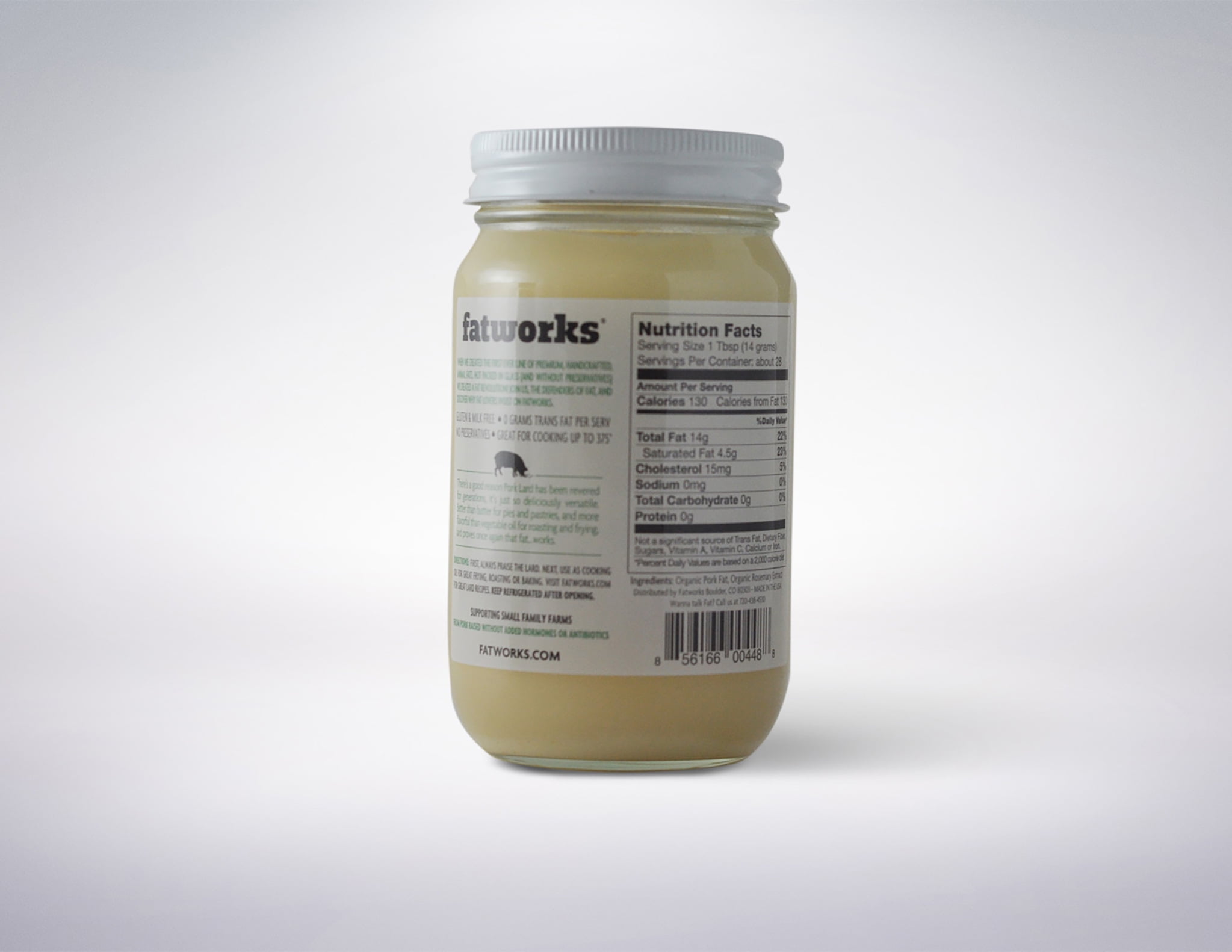

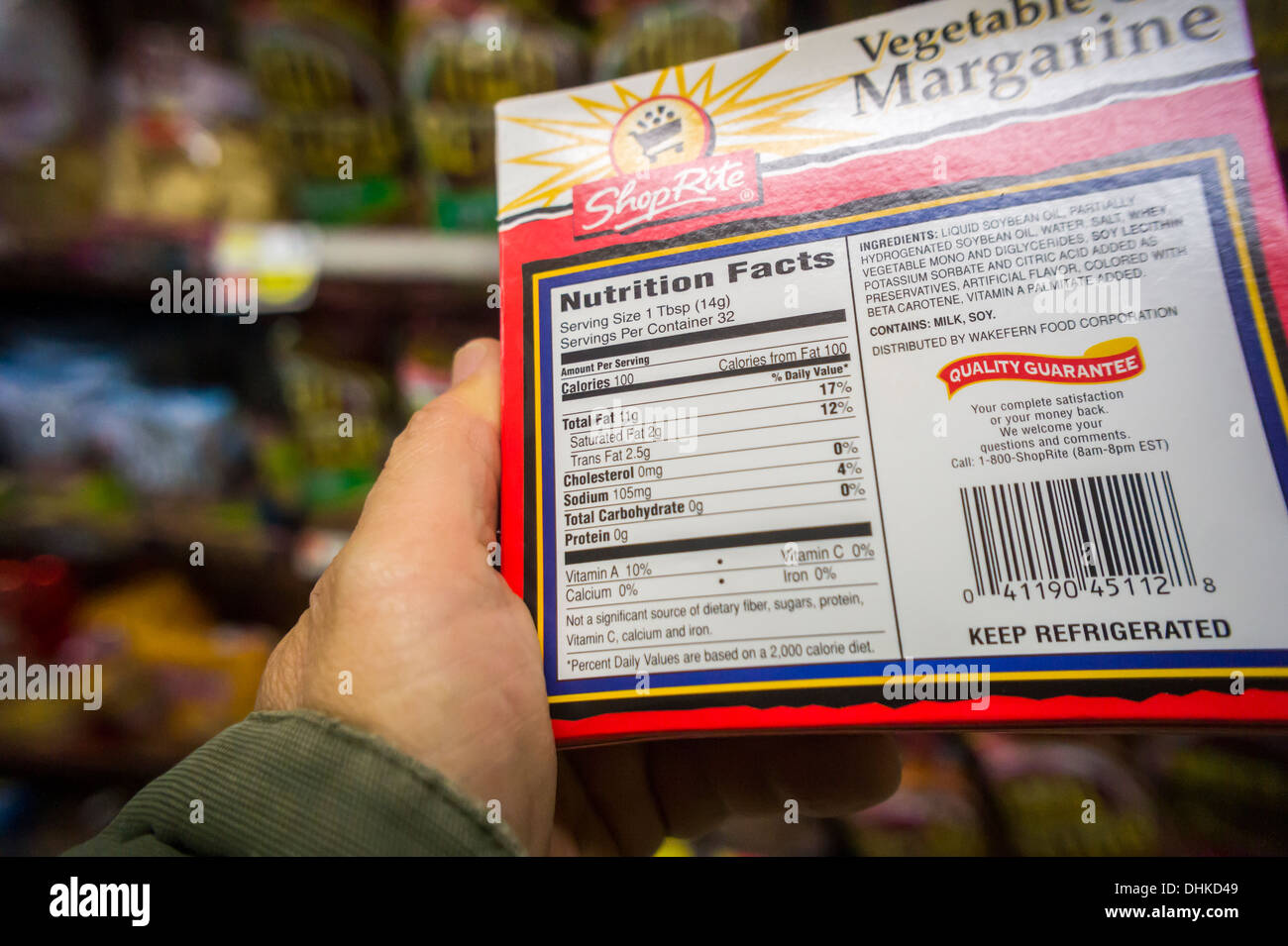

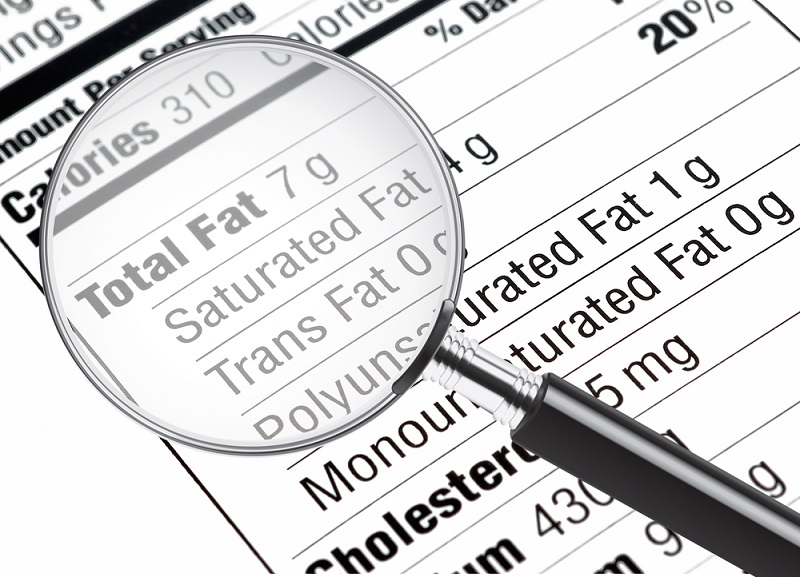

:format(webp)/https://www.thestar.com/content/dam/thestar/news/canada/2018/09/17/canada-bans-use-of-artificial-trans-fats-in-food-products/nutrition.jpg)


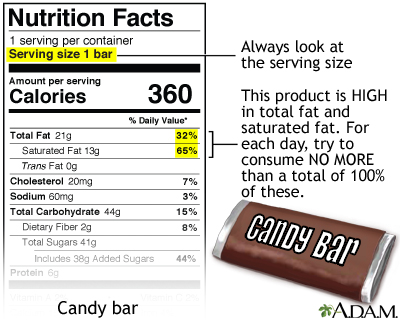
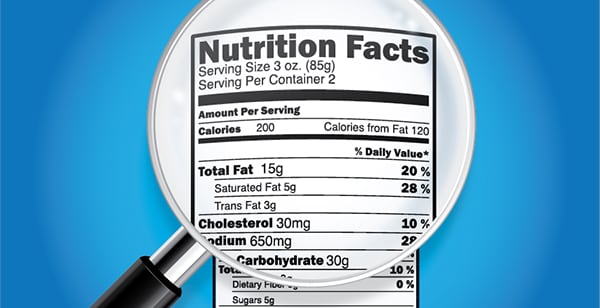
Post a Comment for "42 what are trans fats called on labels"